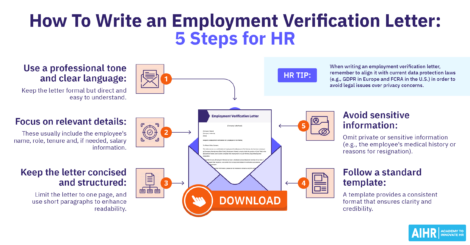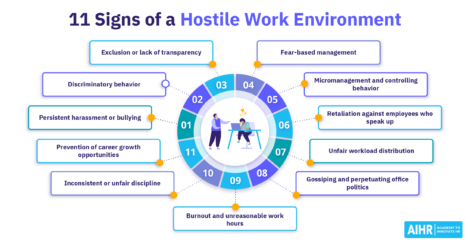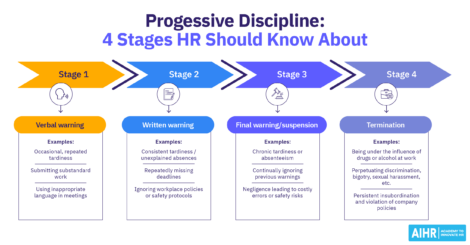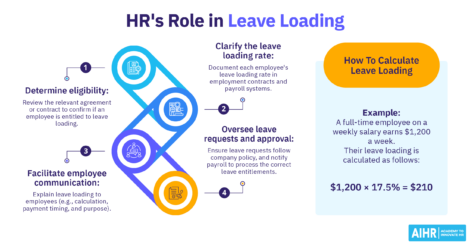What is a Competency Assessment? 9 Examples (Plus Steps To Conduct)
Competency assessment can help facilitate objective evaluation, tailor learning paths, improve hiring and onboarding, and enhance performance management.

A competency assessment can help HR leaders make informed talent management decisions and ensure their workforce is skilled, knowledgeable, and competent — both now and in the future. Since 2015, job skill sets have changed by approximately 25%, and this number is predicted to double by 2027.
Effective competency assessment methods are becoming increasingly important for companies, as they help ensure employees can perform in changing roles. This article explores how competency-based assessments can benefit your organization and its employees), how to conduct one, and which tools and software can help you streamline the process.
Contents
What is a competency assessment?
Competency assessments: Pros and cons
9 competency assessment examples
7 steps to conduct a competency assessment
Competency assessment tools and software
What is a competency assessment?
A competency assessment — sometimes called a competency evaluation — is a systematic method organizations can use to evaluate an employee’s skills, knowledge, and behaviors. This helps determine how competent they are in their job responsibilities and requirements.
The main goals of such an assessment are to identify strengths and skills gaps, foster employee development, improve organizational performance, and ensure the workforce can effectively perform their tasks. Additionally, employers often use competency assessments to help them make decisions on bonuses, raises, and promotions.
Competency-based assessments can include skills tests, interviews, assignments, and task-based assessments. Employees are scored for each skill or requirement in their roles; these scores then combine to form a complete analysis of each employee’s performance.
Competency assessments: Pros and cons
Here are the key advantages and disadvantages of employee competency assessments:
Pros
- Identifies skill gaps: Competency assessments help identify employee skill gaps. This allows you to help them improve areas of weakness and boost their performance, using further training or development.
- Informs recruitment and hiring: You can use competency assessments to help you select the right candidates, which creates a more efficient recruitment process and improves job performance.
- Enhances employee development: They pinpoints strengths and weaknesses, allowing you to create tailored development plans to be created for employees. This, in turn, supports growth, engagement, and retention.
- Supports performance management: Competence evaluation provides valuable data on employee performance, which you can use in performance reviews to decide on promotions and make evidence-based decisions.
- Drives organizational growth: Competency assessments can help ensure employees have the skills, knowledge, and behaviors needed to perform in the long and short term. This helps align workforce capabilities with company objectives and drive overall effectiveness.
- Enables succession planning: They can help identify high-potential employees to inform succession planning and develop future leaders.
Cons
- Time-consuming and resource-intensive: Assessing every employee’s competencies can be labor-intensive and costly, particularly for large organizations.
- Requires clear definitions of competencies: Accurate competency assessments require clear, detailed definitions of competencies. Establishing this can also be time-consuming and labor-intensive.
- Potential for subjective bias: Unconscious or subjective bias can affect competency assessments, especially when it comes to qualitative testing methods.
- Employee anxiety: Competency assessments, especially if they are overly formal, can lead to stress and anxiety in employees, which can affect their performance and lead to unfair evaluations.
9 competency assessment examples
Here are some examples of commonly used competency assessment methods:
Example 1: 360-degree feedback
360-degree feedback is a form of competency testing in which multiple people, including an employee’s peers, supervisor, and team lead, give ratings and feedback on their performance. It has become increasingly popular as an evaluation method, as it offers a holistic view of strengths and key areas for development.
Example 2: Self-assessment
Self-assessment involves employees reflecting on their own competencies through questionnaires or a rating system. This helps employees gain a sense of their own skills, knowledge, and behavioral traits. It also enables them to identify areas for improvement, which encourages ownership and accountability.
Example 3: Behavioral interview
Behavioral interviews ask employees to offer real-life examples of when they’ve demonstrated various competencies required to succeed in their respective roles. These interviews sometimes involve scenario-based questions as well as role-playing exercises. This method helps assess an employee’s conflict resolution abilities, customer service skills, soft skills, and more.
Example 4: Skills test
Competency tests often include skills testing, where employees must undergo practical simulations to demonstrate their role-specific abilities. This allows employers to observe how employees perform, their current skill sets, how well they solve problems under pressure, and any skills gaps they may have.
Example 5: Project-based assessment
Project-based assessments—also called homework assignments—give employees a specific amount of time to complete a task related to their respective jobs. This task may be a written test, a presentation they must create and deliver, a coding challenge, etc. The assessment must evaluate the core competencies for each employee’s role.
Learn to conduct accurate competency assessments
Develop the skills you need to conduct competency assessments that boost employee growth and business outcomes. Learn how to use clear criteria, reliable evaluation methods, and multiple assessment tools.
AIHR’s Talent Management and Succession Planning Certificate Program will teach you to assess employee skills and competencies and engage critical talent through career management best practices.
Example 6: Leadership competency assessment
Leadership competency assessments help assess leadership competencies. These typically include specific skills, attributes, behavioral traits, and knowledge that can make someone an effective leader. These will vary depending on the industry, organization, work culture, and specific leadership roles.
Example 7: Sales competency assessments
Companies use sales competency assessments to assess the skills, knowledge, and behaviors sales employees must possess to succeed in their roles (e.g., communication, prospecting, and negotiation). By measuring these abilities, businesses can provide targeted training, improve sales performance, and ensure their teams can drive revenue growth.
Example 8: Assessment centers
Assessment centers — also called test days — are places where employers may send their employees to evaluate their core skills and aptitude. These centers often use interviews, work simulations, and psychometric tests for competency assessment. This method suits companies that regularly hire fresh graduates, who usually require added guidance.
Example 9: Psychometric test
Psychometric tests are competency assessments that measure personality, behavior, and cognitive ability. These tests evaluate critical factors, such as problem-solving skills, emotional intelligence, and individual alignment with company culture. Companies can make informed hiring decisions and identify development opportunities by assessing these attributes.
7 steps to conduct a competency assessment
Here’s a step-by-step guide you can follow when conducting a competency assessment:
Step 1: Define role-specific competencies
The first step is to define the core competencies for each role in your organization. This includes the skills, knowledge, and behaviors required to meet expectations and thrive. You can use a competency framework to help you with this process.
It’s important to align competencies with the organization’s goals and values. For example, if collaboration is one of its core values, teamwork and collaboration must be a part of your competency assessment framework.
Step 2: Determine the assessment method
Next, select the most suitable assessment methods (from the list above). Ensure the methods you select align with the competencies you need to measure. Using a mix of assessment methods can be helpful and provide a broader, more thorough assessment of employees.
Pair each competency with a suitable assessment method that will offer the most objectivity. For example, if you’re assessing soft skills like emotional intelligence, psychometric tests or behavioral interviews are the most effective assessment methods.
Step 3: Use the right assessment tools/software
Now, you can choose the tools and software for your competency assessments. Selecting the right tools and software is important, as different tools can help you with various tasks, such as creating questions to use in interviews, designing tests, and preparing and distributing surveys.
When choosing tools or software to aid in your competency assessments, the most important thing to remember is that they should all be standardized and align with the competencies you need to assess.
Step 4: Communicate with employees
Before formally implementing your competency assessment, it’s important to inform employees what to expect and prepare them well for it. Explain the purpose of the evaluation, what the process will entail, and how they and the organization will benefit from it.
These benefits may include career development opportunities, targeted training, and overall performance improvement. This approach fosters transparency, builds trust, and encourages employee engagement, making the assessment process more effective and well-received.
Step 5: Implement the assessment
Now, it’s time to roll out your assessment. Consider piloting it among a small group of employees first to identify and address potential issues before implementing it for the entire workforce. Encourage feedback from participants to help you refine the process, improve clarity, and increase employee engagement and stakeholder buy-in.
When evaluating employees, enforce a structured and unbiased process. Use standardized criteria, clear benchmarks, and objective evaluation methods to ensure fair, accurate assessments. This minimizes bias, improves credibility, and helps the organization make data-driven decisions about employee development and performance.
Step 6: Analyze results
Use your chosen digital tools and software to track the progress of your competency assessment and collect relevant data. This will help you analyze results and compare current employee competencies against your desired benchmarks.
Discuss assessment results openly with employees to build trust, start conversations on skills gaps, and encourage honest feedback. Provide constructive feedback, highlight areas of improvement, and recognize strengths to encourage employees to take ownership of their development.
Step 7: Develop action plans
The final step is to use your findings to guide your future training programs, hiring, and career development initiatives. Work with managers and employees to help them understand their strengths and weaknesses and create a personalized development plan for each employee.
Encourage managers to monitor these plans to ensure employees are on track, and make sure every employee has the necessary tools, resources, and support to bridge skills gaps, maximize their greatest strengths, and progress in their career.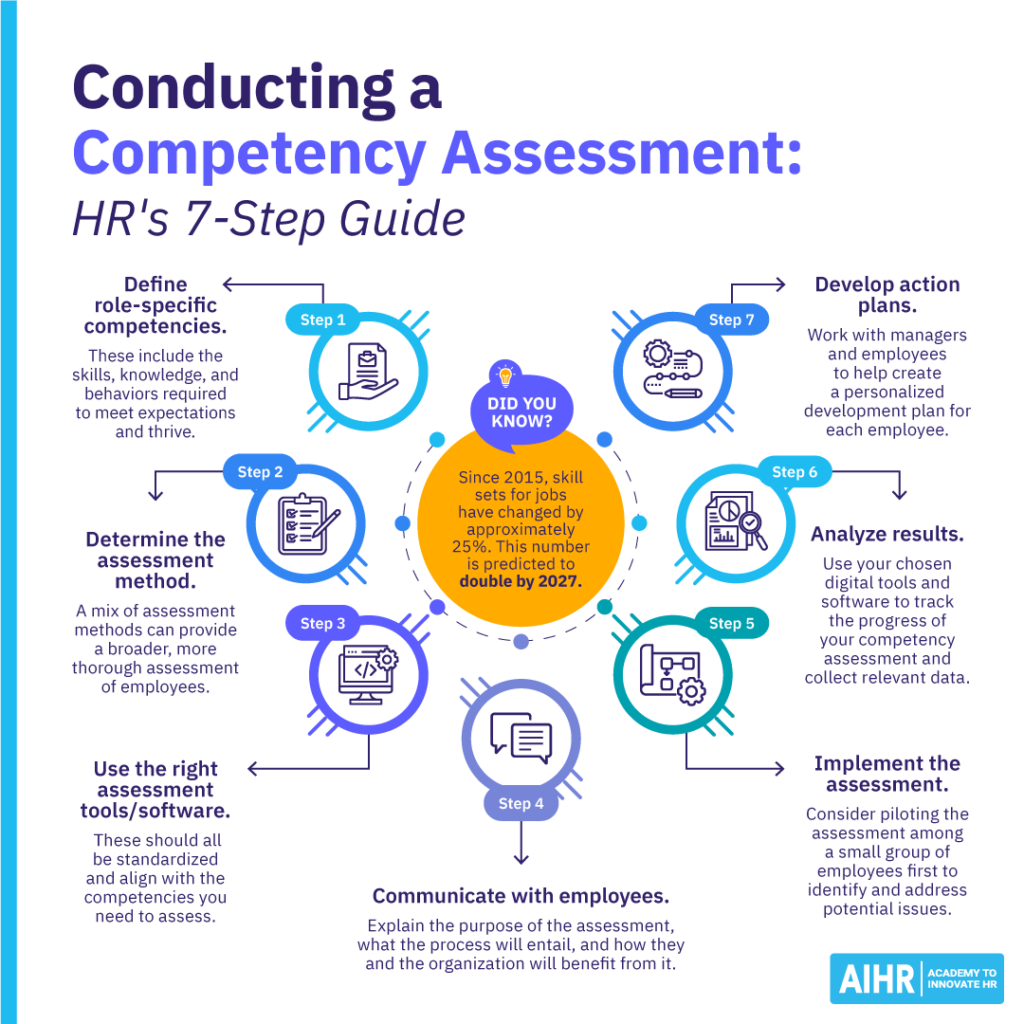
Tips for conducting leadership competency assessments
As an HR professional, it’s important to bear in mind some key factors when conducting competency assessments for leadership positions. AIHR Subject Matter Expert Dr Marna van der Merwe advises:
- Conduct assessments against the leadership competency framework: This means evaluating the knowledge, skills, and behaviors required of leadership within the organization.
- Go beyond role-related competencies: This ensures leadership capabilities are built across the organization. It also supports succession planning and talent pooling efforts by identifying leaders who might be ready for movement.
- Include multiple assessment methods: This will give you a holistic view of leadership competence, and ensure objectivity and rigor in the process. The methods you use can include 360 degree feedback, self-assessment, formal leadership assessments, or assessment centers.
Competency assessment tools and software
When selecting a competency assessment tool or software, focus on three key factors: its underpinning framework, technical aspects, and user experience.
AIHR’s Senior Solutions Advisor, Suhail Ramkilawan, says: “The science and underlying framework should ensure accurate, consistent results and align with your organization’s competency framework to ensure consistency and relevance. Technical requirements could include scalability, configuration, security, and integration capabilities with your other organizational systems and practices. For example, learning and performance management could enable more holistic talent management.
From an employee perspective, tools should be intuitive, easy to use, and appropriate for their intended purpose. Output or results should also deliver valuable outcomes for employees and the organization, including personal development reports and data-driven organizational reports and dashboards.”
Here are some popular competency assessment tools HR can use to streamline the competency assessment process.
- 360Learning: 360 Learning is a learning management system (LMS) that is collaborative and easy to use. Features include online assessment creation with subject matter experts, deeper learning with intentional peer interactions and knowledge sharing, and flexible organizing tools.
- Korn Ferry: Korn Ferry offers employee assessment tools, competency management, and leadership development solutions. It helps businesses align their workforce with organizational goals by offering data-driven insights and personalized development programs.
- Questionmark: Questionmark allows you to create any type of assessment programs, administer them in your preferred way, and analyze results for key business insights. You can use it to create advanced assessments, including media-rich question options.
- TalentGuard: TalentGuard is a popular competency management software that integrates with HR systems to help manage and develop skills via competency frameworks. It can help improve employee performance, manage core competencies, and facilitate career development.
- Vervoe: Vervoe allows you to screen candidates without résumés and test job-specific skills, soft skills, and cultural fit. It’s AI-powered skills assessments and personalized candidate feedback can also help you hire the right candidates.
- Cloud Assess: Cloud Assess offers competency management for specific industries, including healthcare, construction, and manufacturing. You can create detailed competency frameworks aligned with roles and use a gap analysis feature to identify and close skills gaps.
To sum up
An effective competency assessment can help you hire candidates with the right skills and behaviors for the role, identify and address skills gaps, and support performance management and workforce development.
Using the right assessment methods and tools, you can create a streamlined competency assessment process that provides valuable data. This can help you give employees the training and support they need to thrive at work and develop into future leaders.
Learn more
Related articles
Are you ready for the future of HR?
Learn modern and relevant HR skills, online







